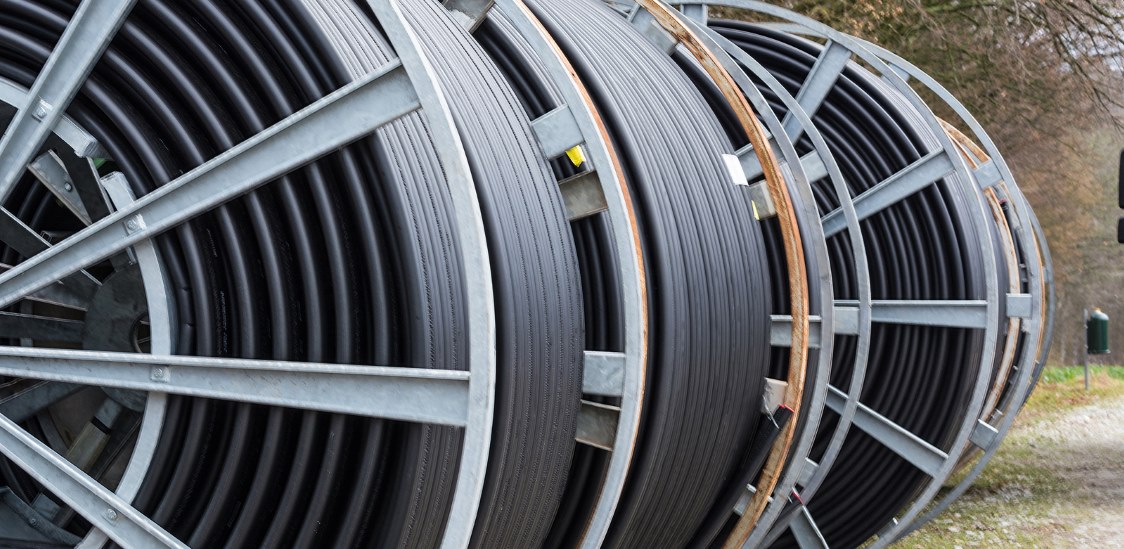While it may sound extremely bullish, the broadband industry is undergoing preparation for boom times over the next year. Highly touted BEAD funding and lesser-hyped but significant private investments, along with states putting their own monies into the broadband pot, are priming the pump for many years of network infrastructure construction that will change the economic and social landscape of America and the world.
BEAD and complementary federal programs continue to replace legacy copper infrastructure, a.k.a, PSTN services, which, in many towns and neighborhoods, have seen little to no investment for decades. In parallel, the cable industry has a dual-personality approach to network investment. Greenfields and competitive markets receive fiber while existing coax cable plant is going through yet another DOCSIS upgrade of different variations and flavors that is sure to add long-term complexity and maintenance expense over avoidance of a fix-once capital investment in fiber deployment that will ultimately happen anyway.
Four key trends – call them predictions, forecasts, or obvious necessities -- are taking place today as communities, governments, and industry prepare to build and leverage over $100 billion of infrastructure investment over the next five years.
#1: Integration and onshoring
Today, companies have a greater urgency to own their manufacturing processes and integrate their supply chains. A global pandemic, continuing climate change and its dance partner of extreme weather uncertainty, and the specter of geopolitical conflicts aren’t going away. Buy America, Build America (BABA) provisions written into BEAD add to the roles of more vendors of equipment and fiber cable investing in local domestic manufacturing, improving their operating leverage as they line up to be a part of the wave of new fiber networks.
Building onshore may result in some price premiums, but those are offset by the certainty of available product for network builders and service providers, as well as the creation of jobs which benefit local communities across the United States.
#2: Maximizing fiber’s potential
Fiber to the home and 5G backhaul are the tip of the full fiber network “iceberg". Operators and local governments are building on fiber’s foundation for smart city innovations such as connected vehicles and enhanced public safety, with artificial intelligence and machine learning adding substantial enhancements to existing data collection. Telcos and cloud leaders continue to invest in Smart City solutions while municipalities find new value in fiber for traffic management, environmental monitoring, and cost savings in operating their own networks instead of relying on third parties.
Fiber speeds at the edge and the core will continue to grow as 25G PON spreads and service providers decide to join between 25G PON today or wait a little to see what emerges from behind the 50G PON curtain. Core network speeds are steadily working their way to terabit speeds without manufacturers breaking a sweat.
#3: Labor needs of fiber networks
Building fiber networks in a timely and cost-effective manner will require an “all of workforce” solution to address the labor needs of construction firms and service providers. Most “dirty boots” tasks in building, operating, and maintaining networks aren’t going to be solved through a software upgrade, AI, or robots, but by skilled and experienced human beings making the most of themselves, the people, and the available tools and materials they work with.
Training new workers through educational programs such as Clearfield College will increase the size of the workforce and is clearly part of the solution, as is adopting labor-lite solutions and leveraging product efficiencies to help advance deployments with the workforce that is available.
Focusing on the role of contractors in an “all of workforce” solution will be necessary for all involved, addressing the challenges service providers face with contracted labor. Helping contractors better understand key success factors such as proper fiber deployment, craft-friendly products, and utilizing education programs to increase workforce productivity and effectiveness is a win for everyone at the end of the day.
#4: Service providers will migrate to connected homes as a key metric of success
Homes passed numbers can sound impressive, but do not generate revenue or a return on investment, while homes connected demonstrate to civic leaders that the digital divide is being closed and to Wall Street that investment in capital projects is paying back dividends and growth in shareholder value.
The urgency to connect homes faster will lead to more service providers transitioning away from legacy skilled-labor methods and actively embracing the most efficient technologies and products in the market to connect homes faster with fewer resources. Service providers want that speed to be in installations to transition to the most beloved of business models, monthly recurring revenue with a path to increased revenue through value-added services.
I’m looking forward to 2024 as the start of a very busy and productive boom in fiber network construction over the next five years. The fiber industry continues to develop ways to build networks faster and more efficiently and I’m sure we’ll see a few pleasant innovations in the months and years to come.






















